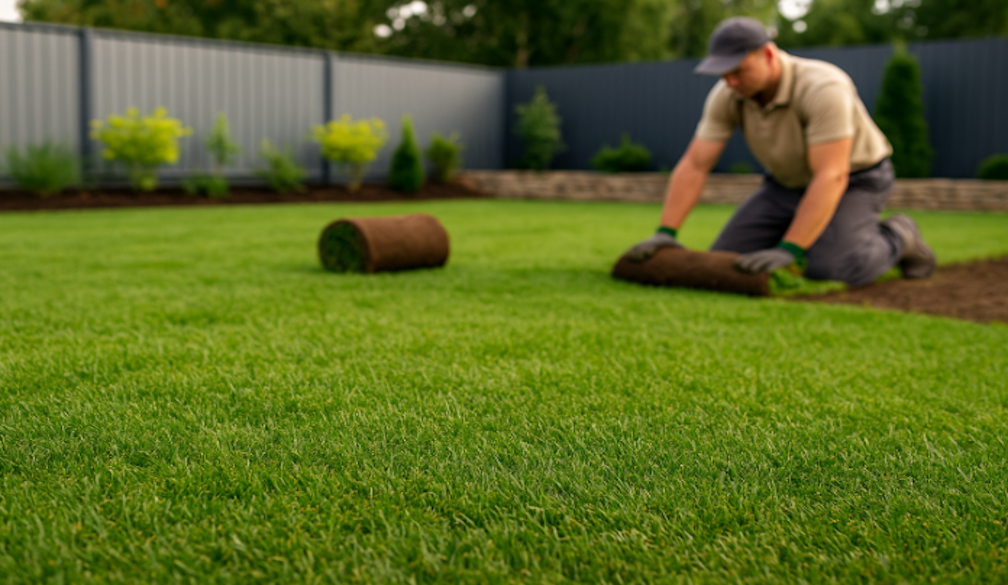Scientific misconduct is on the rise. But what exactly is it?
- Written by Nham Tran, Associate Professor, School of Biomedical Engineering, University of Technology Sydney

German anaesthesiologist Joachim Boldt has an unfortunate claim to fame. According to Retraction Watch, a public database of research retractions, he is the most retracted scientist of all time. To date, 220 of his roughly 400 published research papers have been retracted by academic journals.
Boldt may be a world leader, but he has plenty of competition. In 2023, more than 10,000 research papers were retracted globally – more than any previous year on record. According to a recent investigation by Nature, a disproportionate number of retracted papers over the past ten years have been written by authors affiliated with several hospitals, universities and research institutes in Asia.
Academic journals retract papers when they are concerned that the published data is faked, altered, or not “reproducible” (meaning it would yield the same results if analysed again).
Some errors are honest mistakes. However, the majority of retractions are associated with scientific misconduct.
But what exactly is scientific misconduct? And what can be done about it?
From fabrication to plagiarism
The National Health and Medical Research Council is Australia’s primary government agency for medical funding. It defines misconduct as breaches of the Code for the Responsible Conduct of Research.
In Australia, there are broadly eight recognised types of breaches. Research misconduct is the most severe.
These breaches may include failure to obtain ethics approval, plagiarism, data fabrication, falsification and misrepresentation.
This is what was behind many of Boldt’s retractions. He made up data for a large number of studies, which ultimately led to his dismissal from the Klinikum Ludwigshafen, a teaching hospital in Germany, in 2010.
In another case, China’s He Jiankui was sentenced to three years in prison in 2019 for creating the world’s first genetically edited babies using the gene-editing technology known as CRISPR. His crime was that he falsified documents to recruit couples for his research.
The “publish or perish” culture within academia fuels scientific misconduct. It puts pressure on academics to meet publication quotas. It also rewards them for greater research output, in the form of promotions, funding and recognition. And this can mean research quality is sacrificed for quantity.
Honest mistakes
But not all research misconduct is premeditated. Some is the result of honest mistakes made by scientists.
For example, Sergio Gonzalez, a young scientist at the Institute for Neurosciences of Montpellier in France, mistakenly uploaded several wrong images to an academic paper and its supplementary material. This didn’t have any effect on the findings of the paper, which were based on the correct images.
But it still represented a case of image duplication and misrepresentation of data. This lead to the journal retracting the paper and launching an investigation. The investigation concluded the breach was unintentional and resulted from the pressures of academic research.
Fewer than 20% of all retractions are due to honest mistakes. Researchers usually contact the publisher to correct errors when they are detected, with no major consequences.
The need for a national oversight body
In many countries, an independent national body oversees research integrity.
In the United Kingdom, this body is known as the Committee on Research Integrity. It is responsible for improving research integrity and addressing misconduct cases. Similarly, in the United States, the Office of Research Integrity handles allegations of research misconduct.
In contrast, Australia lacks an independent body directly tasked with investigating research misconduct. There is a body known as the Australian Research Integrity Committee. But it only reviews the institutional procedures and governance of investigations to ensure they are conducted fairly and transparently – and with limited effectiveness. For example, last year it received 13 complaints, only five of which were investigated.
Instead Australia relies on a self-regulation model. This means each university and research institute aligns its own policy with the Code for the Responsible Conduct of Research. Although this code originated in medical research, its principles apply across all disciplines.
For example, in archaeology, falsifying an image or deliberately reporting inaccurate carbon dating results constitutes data fabrication. Another common breach is plagiarism, which can also be applied to all fields.
But self-governance on integrity matters is fraught with problems.
Investigations often lack transparency and are carried out internally, creating a conflict of interest. Often the investigative teams are under immense pressure to safeguard their institution’s reputation rather than uphold accountability.
A 2023 report by the Australia Institute called for the urgent establishment of an independent, government-funded research integrity watchdog.
The report recommended the watchdog have direct investigatory powers and that academic institutions be bound by its findings.
The report also recommended the watchdog should release its findings publicly, create whistleblower protections, establish a proper appeals process and allow people to directly raise complaints with it.
Research credibility is on the line
The consequences of inadequate oversight are already evident.
One of the biggest research integrity scandals in Australian history involved Ali Nazari, an engineer from Swinburne University. In 2022 an anonymous whistleblower alleged Nazari was part of an international research fraud cartel involving multiple teams.
Investigations cast doubt on the validity of the 287 papers Nazari and the other researchers had collectively published. The investigations uncovered numerous violations, including 71 instances of falsified results, plagiarism and duplication, and 208 instances of self-plagiarism.
Similarly, Mark Smyth, formerly of the Queensland Institute of Medical Research, fabricated research data to support grant applications and clinical trials. An independent inquiry concluded he used his reputation, status and authority to bully and intimidate junior colleagues.
If Australia had a independent research integrity body, there would be a clear governance structure and an established and transparent pathway for reporting breaches at a much earlier stage.
Timely intervention would help reduce further breaches through swift investigation and corrective action. Importantly, consistent governance across Australian institutions would help ensure fairness. It would also reduce bias and uphold the same standards across all misconduct cases.
The call for an independent research integrity watchdog is long overdue.
Only through impartial oversight can we uphold the values of scientific excellence, protect public trust, and foster a culture of accountability that strengthens the integrity of research for all Australians.
Authors: Nham Tran, Associate Professor, School of Biomedical Engineering, University of Technology Sydney
Read more https://theconversation.com/scientific-misconduct-is-on-the-rise-but-what-exactly-is-it-247352



















